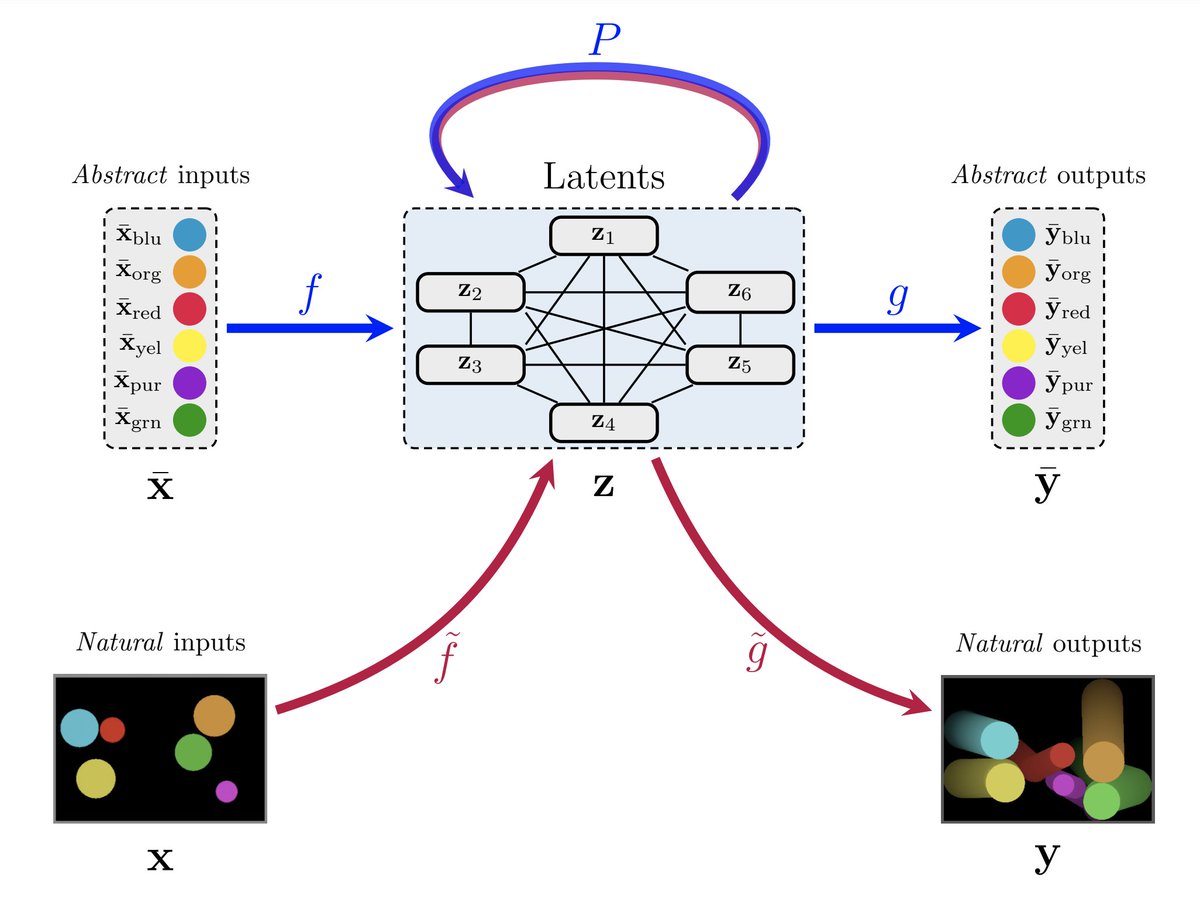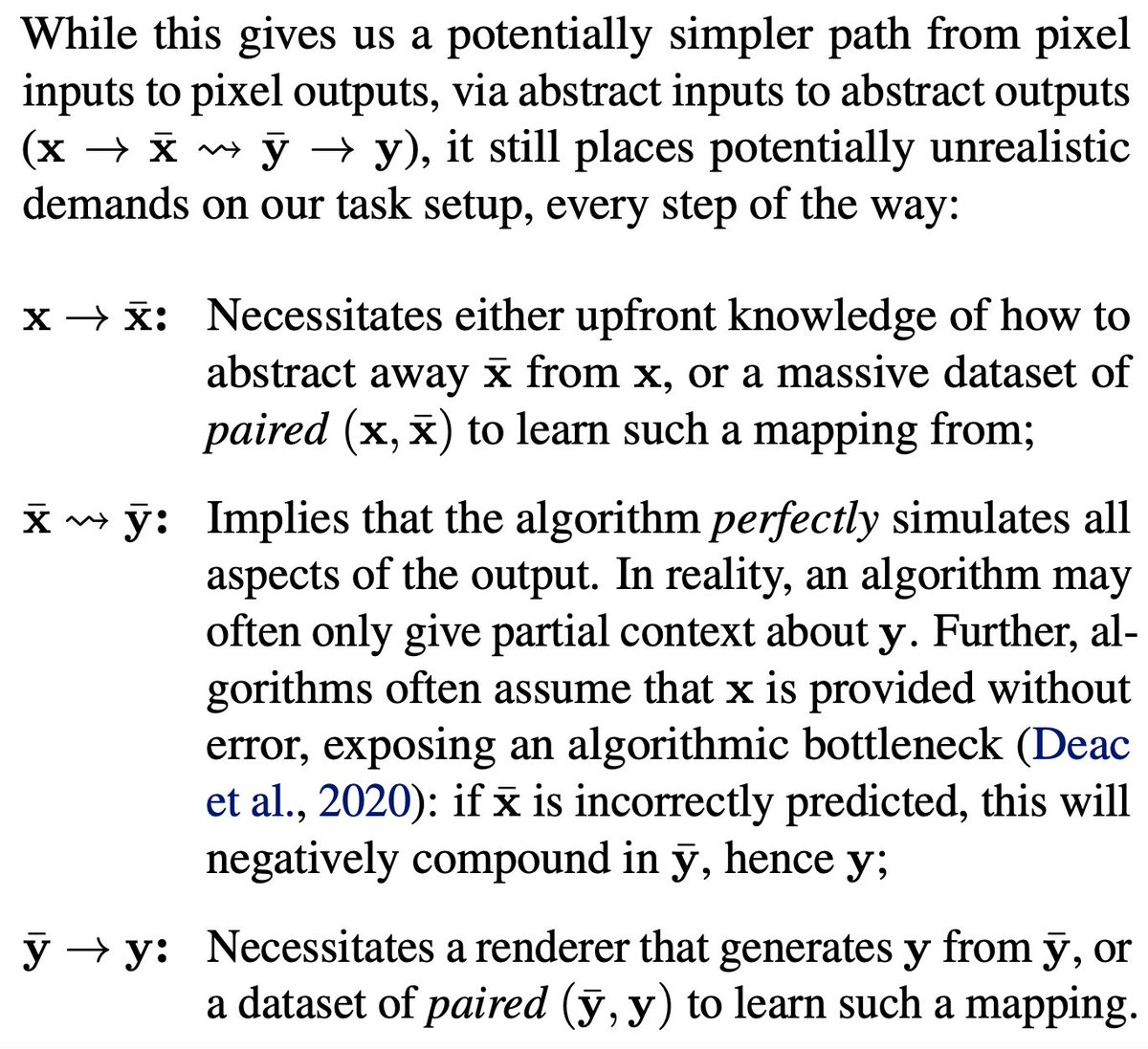
Delighted to announce two papers we will present at #NeurIPS2021: on XLVIN (spotlight!), and on transferable algorithmic reasoning.
Both summarised in the wonderful linked thread from @andreeadeac22!
I'd like to add a few sentiments on XLVIN specifically... thread time! 🧵1/7
Both summarised in the wonderful linked thread from @andreeadeac22!
I'd like to add a few sentiments on XLVIN specifically... thread time! 🧵1/7
https://twitter.com/andreeadeac22/status/1456636063271821314
You might have seen XLVIN before -- we'd advertised it a few times, and it also featured at great length in my recent talks.
The catch? The original version of XLVIN has been doubly-rejected, from both ICLR (in spite of all-positive scores) and ICML. 2/7
The catch? The original version of XLVIN has been doubly-rejected, from both ICLR (in spite of all-positive scores) and ICML. 2/7
https://twitter.com/PetarV_93/status/1321114783249272832
However, this is one of the cases in which the review system worked as intended! Even AC-level rejections can be a blessing in disguise.
Each review cycle allowed us to deepen our qualitative insight into why exactly does XLVIN work as intended... 3/7
Each review cycle allowed us to deepen our qualitative insight into why exactly does XLVIN work as intended... 3/7
Specifically, we studied:
- What is the benefit of learning a high-dimensional algorithm such as the Bellman backup vs. running it explicitly (as in papers like TreeQN)?
- Has a general CNN encoder over noisy data actually learnt to use this algorithm? 4/7
- What is the benefit of learning a high-dimensional algorithm such as the Bellman backup vs. running it explicitly (as in papers like TreeQN)?
- Has a general CNN encoder over noisy data actually learnt to use this algorithm? 4/7

In studying this, we made the first rigorous observation of what we termed the "algorithmic bottleneck".
Ultimately, we realised that breaking the bottleneck is our main contribution, _not_ generalising Value Iteration Nets to general environments. 5/7
Ultimately, we realised that breaking the bottleneck is our main contribution, _not_ generalising Value Iteration Nets to general environments. 5/7

Accordingly, we changed the title and heavily rewrote the paper :)
Goodbye "XLVIN", hello "Neural Algorithmic Reasoners are Implicit Planners"!
The result? Spotlight talk (top 3% of all accepted papers)! 6/7
Goodbye "XLVIN", hello "Neural Algorithmic Reasoners are Implicit Planners"!
The result? Spotlight talk (top 3% of all accepted papers)! 6/7

In recognition of this, we actually wrote an explicit acknowledgement to all of our reviewers (even for the venues that rejected us!) -- all of you have directly contributed to making XLVIN's contributions what they are now, and I'm very excited to see where we can take this. 7/7 

• • •
Missing some Tweet in this thread? You can try to
force a refresh










